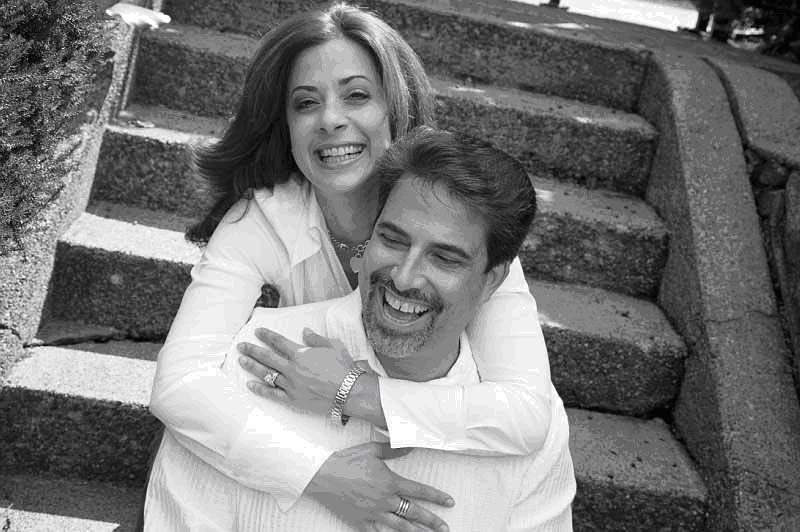
Isn’t it funny how often that one toy your child wants is the most expensive on the shelf?
Before you turn up your nose and say “NOT going to happen,” here’s something to consider that may cost you less money in the long run.
The most affordable toy is the one your child plays with the longest. Yes, it may cost you a little more up front but if it means they are going to play with it longer, you will have spent less money in the long run.
Here’s the equation:
Cost of Toy ÷ Hours Played With = Cost per Hour of Play (True Cost)
For example, a typical Wooden Railway Figure Eight Set sells for around $40. A typical child will play with it for at least 40 hours before getting bored with it.
Do the math: $40 ÷ 40 hours = $1/hour of play.
But what if the toy turns out to be not quite so interesting?
A classic example is Tickle Me Elmo. Most kids thought it was fun to squeeze five or six times before becoming bored. Average playtime? Thirty minutes. Do the math and $25 ÷ 0.5 hours = $50/hour of use. Tickle Me Elmos may have cost $15 less than the train set, but with this example you can see you may wind up back at the store to find new toys for the other 39.5 hours of play.
How can you estimate how long a child will play with a toy?
Interactive, open-ended, and creative are the three keys to long-lasting play value, more hours of play, and lower true costs.
Interactive means the child has to do something more than just  turn it on and watch it go. The more a child does to make the toy work, the longer the child will be engaged.
turn it on and watch it go. The more a child does to make the toy work, the longer the child will be engaged.
Open-ended means there are endless ways to play. Wooden blocks are the ultimate in open-ended toys. You can stack, build,  lay them out and incorporate them with other toys like Hot Wheels (garages and tracks), Barbies (houses and furniture). The more ways a child can play with a toy, the more often that toy will be included with other toys which translates to a lower cost per hour of use!
lay them out and incorporate them with other toys like Hot Wheels (garages and tracks), Barbies (houses and furniture). The more ways a child can play with a toy, the more often that toy will be included with other toys which translates to a lower cost per hour of use!
Creative. The more a child uses their imagination, the more they ‘own’ that toy because it came from their own mind, which means they’re more  likely to continue playing with it.
likely to continue playing with it.
If you can look for these concepts in the toys you buy your children, you will save lots and lots of money in the long run. Guaranteed! And many thanks to my toy mentor Phil Wrzesinski for the lesson above.
 Joanna Mileos and husband Craig Hartman are the owners of The Granville Island Toy Company in Vancouver, BC, a member of NeighbourhoodToy Stores of Canada (NETS). Their motto: “We don’t cease to play because we grow old, We grow old because we cease to play”. GB Shaw
Joanna Mileos and husband Craig Hartman are the owners of The Granville Island Toy Company in Vancouver, BC, a member of NeighbourhoodToy Stores of Canada (NETS). Their motto: “We don’t cease to play because we grow old, We grow old because we cease to play”. GB Shaw